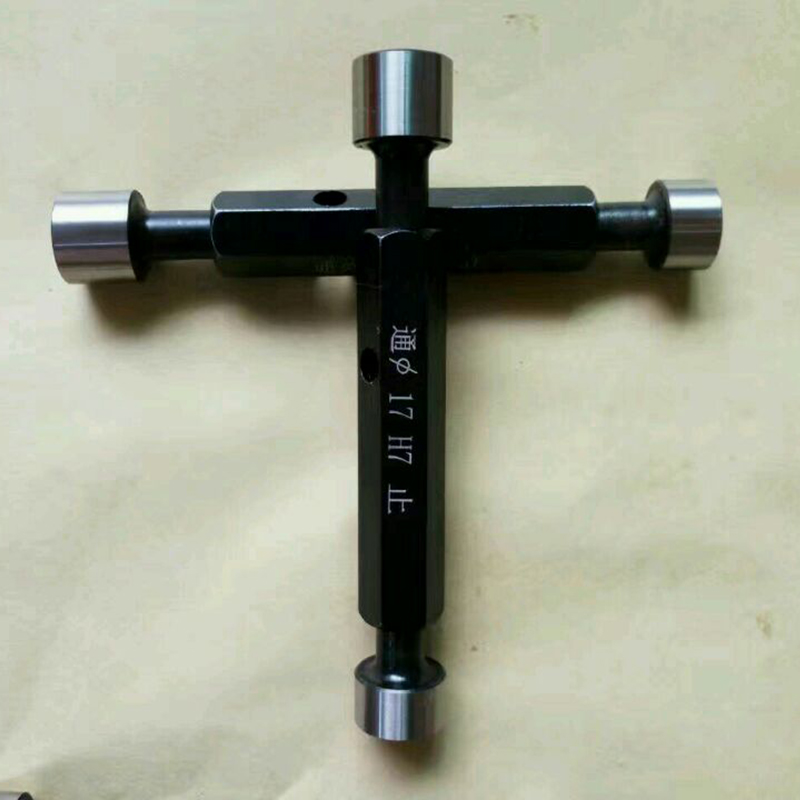Septemba . 28, 2024 10:46 Back to list
gate valve shut off
Understanding Gate Valve Shut-Off Mechanisms
Gate valves are ubiquitous in various industries, responsible for controlling the flow of water, gas, and other fluids through pipelines. Unlike other valve types, such as globe or ball valves, gate valves are specifically designed to provide a straight-through flow path when fully opened. This characteristic minimizes pressure drop and makes gate valves a preferred choice in situations wherein a full flow is necessary.
Understanding Gate Valve Shut-Off Mechanisms
The design of gate valves can significantly influence their shut-off capabilities. Traditionally, gate valves employ either a rising stem or a non-rising stem configuration. In a rising stem gate valve, the stem moves upward as the valve opens, allowing for visual confirmation of valve position. Conversely, non-rising stem gate valves do not extend above the valve body, making them more compact and suitable for environments with limited space.
gate valve shut off

Shut-off performance is not solely dependent on the physical design of the valve. The materials used in constructing gate valves also play a crucial role. Common materials include cast iron, stainless steel, and brass, each chosen based on factors such as pressure, temperature, and the type of fluid being controlled. For instance, in high-temperature applications, stainless steel may be preferred for its strength and corrosion resistance.
It's important to note that while gate valves are effective in providing a shut-off function, they are not ideally suited for throttling or flow regulation. Attempting to use a gate valve for such functions can lead to seat damage and ultimately result in leaks. Therefore, it is imperative to select the right type of valve depending on the application requirements.
Regular maintenance and inspection of gate valves are also essential to ensure their shut-off capabilities remain intact. Over time, wear and tear can lead to degraded sealing surfaces, which can compromise the valve’s ability to prevent leaks. Maintenance practices may include lubrication of the stem, checking for any obstructions that could hinder the movement of the gate, and replacing worn parts as necessary.
In conclusion, gate valves play a crucial role in industrial applications where reliable shut-off is essential. The intricacies of their shut-off mechanisms, combined with the selection of appropriate materials and careful maintenance, determine their effectiveness and longevity. Understanding these factors is vital for engineers, maintenance personnel, and operators to ensure efficient and safe operation in fluid control systems. By prioritizing the proper use and care of gate valves, industries can optimize their operations while minimizing the risks associated with fluid leaks and failures.
-
Why Metric Trapezoidal Thread is Ideal for Precision Motion ControlNewsAug.05,2025
-
The Unique Properties of a Block of Granite for Industrial UseNewsAug.05,2025
-
The Role of Flanged Y Strainers in Preventing Pipeline ClogsNewsAug.05,2025
-
The Importance of Regular Calibration for Master Ring GagesNewsAug.05,2025
-
How a Cast Iron Surface Table Enhances Accuracy in ManufacturingNewsAug.05,2025
-
Comparing Different Check Valve Types for Optimal Flow ControlNewsAug.05,2025
Related PRODUCTS









